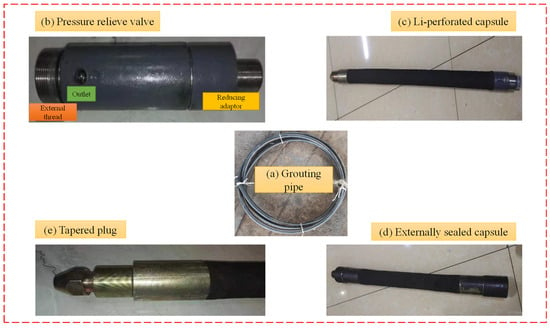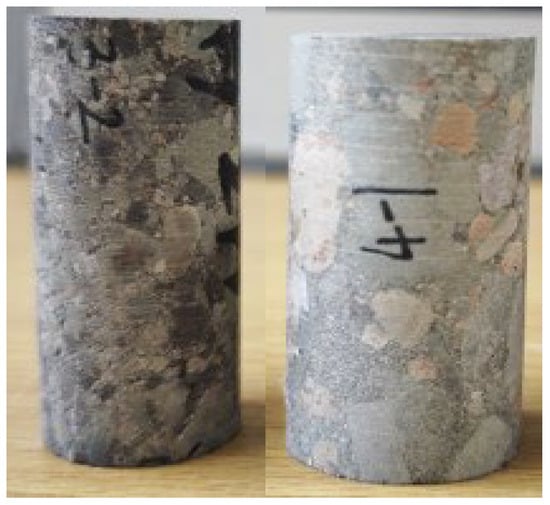- Article
Novel Precise Plugging and Thickening Technology for Secondary Grouting and Enhanced Methane Gas Extraction at the Bottom of Failed Drillholes
- Sijiang Wu,
- Xiao Luo and
- Wei Li
- + 4 authors
Methane gas (CH4) leakage and gas extraction efficiency in drillholes present persistent challenges in coal mine gas management. To address these issues, a novel gas leakage detection device and a precision secondary grouting and thickening system were developed and field-tested at the Li YaZhuang Coal Mine, China. The system enables accurate identification of leakage zones and provides adjustable sealing length and depth, withstanding grouting pressures up to 2.0 MPa to achieve the full-section sealing of drillholes. Field application on 23 drillholes demonstrated a significant improvement in gas extraction performance. The average methane concentration and pure gas flow rate increased by more than 2-fold (2.61 and 3.05, respectively) compared with the pregrouting values, indicating substantial increases in gas extraction stability and duration. This study validates the effectiveness and practicality of the proposed secondary grouting technology for restoring failed drillholes, mitigating gas leakage, and improving methane recovery. The results provide a technical reference for advancing gas control strategies in high-gas coal seams.
19 December 2025





![Global hydrogen (H2) production projections (all technologies), highlighting the rapid growth of electrolyser-based (green) H2 [6].](https://mdpi-res.com/fuels/fuels-06-00092/article_deploy/html/images/fuels-06-00092-g001-550.jpg)
![CH4 functioning afterburner system [20].](https://mdpi-res.com/fuels/fuels-06-00091/article_deploy/html/images/fuels-06-00091-g001-550.jpg)